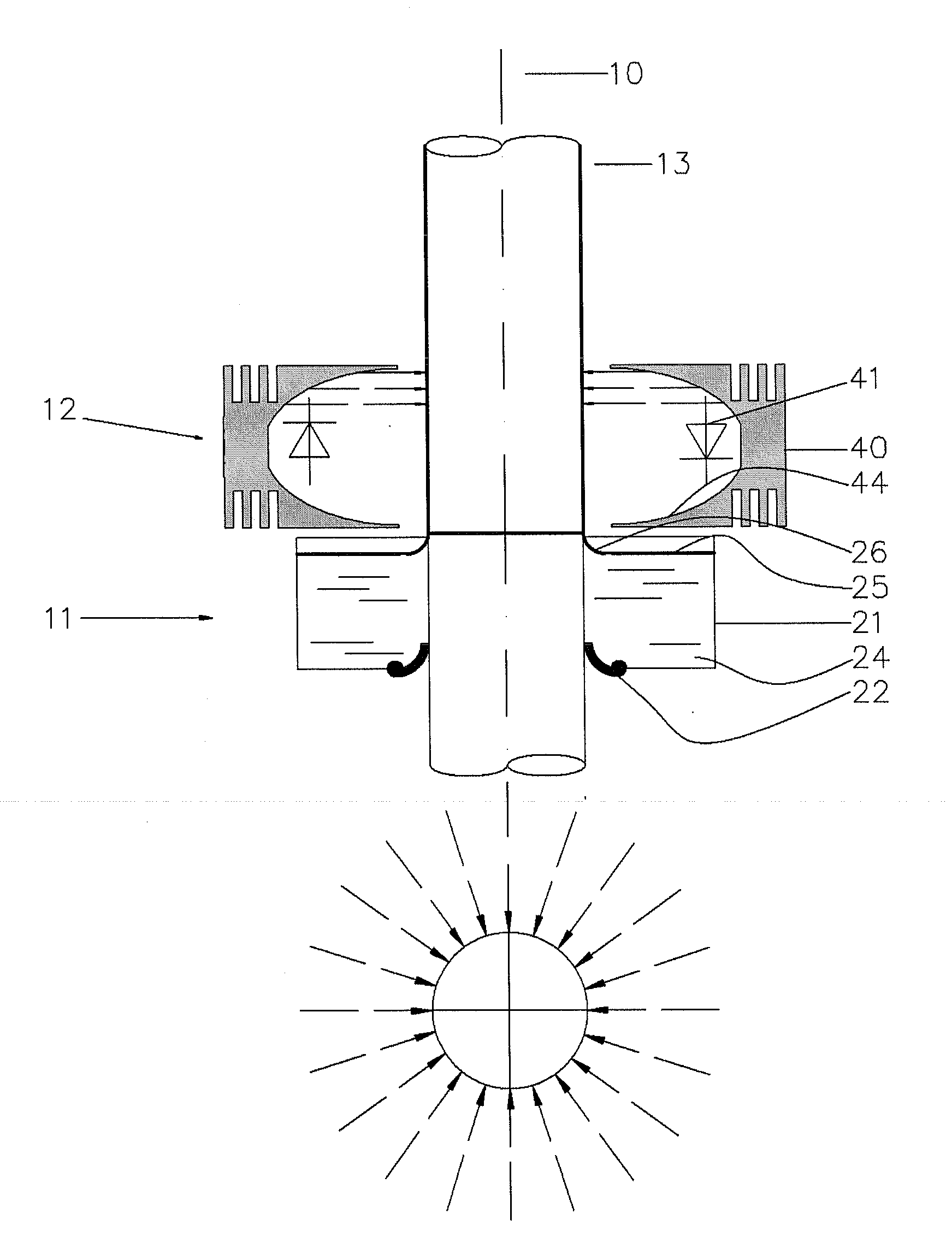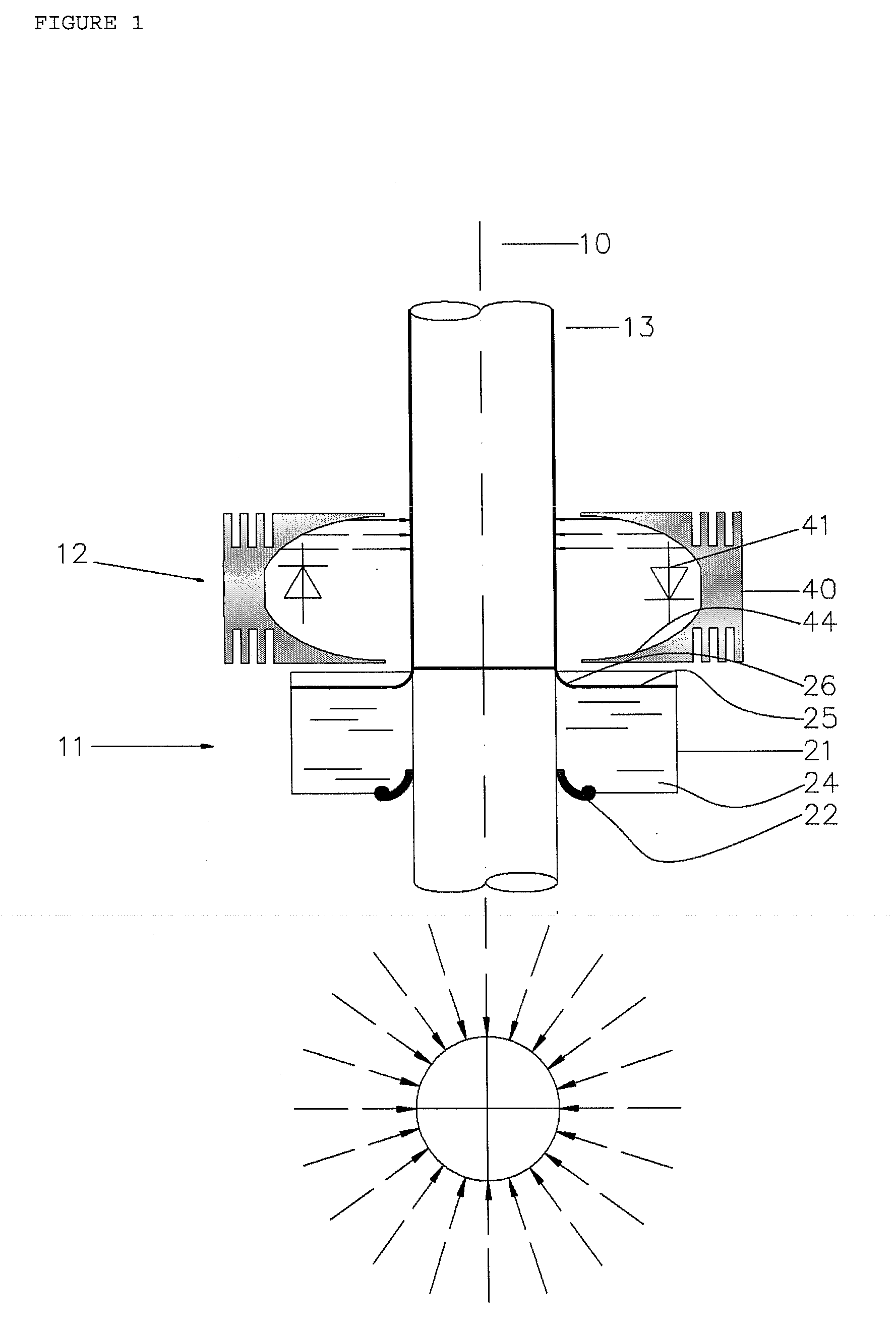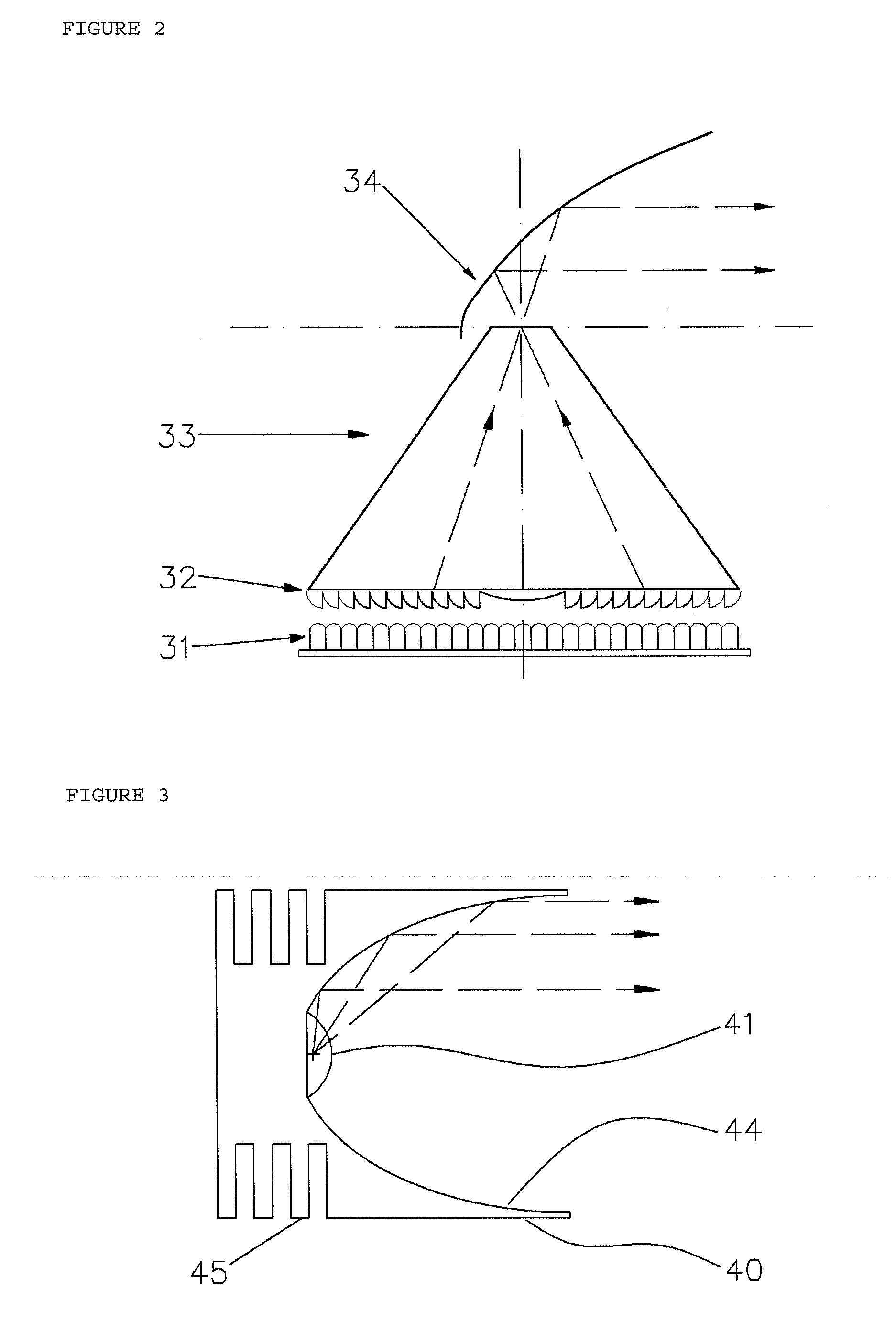Flexographic printing forme precursor for laser engraving
a technology of laser engraving and flexographic printing, which is applied in the direction of photosensitive materials, instruments, photomechanical equipment, etc., can solve the problems of time-consuming mask production, unsatisfactory high-quality printing and color registration, and dimensional stability of masks
- Summary
- Abstract
- Description
- Claims
- Application Information
AI Technical Summary
Benefits of technology
Problems solved by technology
Method used
Image
Examples
example 1
[0163]This example illustrates the superior laser engraving properties obtained with curable compositions including organo-silicon compounds containing at least one polymerizable group compared to curable compositions including organo-silicon compounds without a polymerizable group or without an organo-silicon compound.
Preparation of the Curable Compositions
[0164]The curable compositions INV-01, INV-02 , COMP-01 to were prepared by mixing the ingredients from Table 1 at room temperature.
TABLE 1COMP-COMP-Ingredients (g)COMP-01INV-01INV-020203VERBATIM HR506060606060IRGACURE 1273.03.03.03.03.0BHT0.040.040.040.040.04EBECRYL 1360—2.635.48——BAYSILON PL———0.962.63SILICONE X22167B—————SILICON FLUID—————L054SILICON OIL—————AP200SYLYSIA 770—————TEGOGLIDE 450—————TEGOGLIDE 410—————COMP-COMP-COMP-COMP-Ingredients (g)COMP-0405060708VERBATIM HR506060606060IRGACURE 1273.03.03.03.03.0BHT0.040.040.040.040.04EBECRYL 1360—————BAYSILON PL—————SILICONE X22167B0.96————SILICON FLUID—0.962.63——L054SILICON ...
example 2
[0179]This example illustrates the superior laser engraving properties obtained with curable compositions including an organo-silicon compound containing at least one polymerizable group compared to curable compositions without an organo-silicon compound. This example also illustrates that a higher number of polymerizable groups of the organo-silicon compound used in the curable compositions further improves the laser engraving properties, i.e., debris formation.
Preparation of the Curable Compositions
[0180]The curable compositions INV-03 to INV-06 and COMP-13 were prepared by mixing the ingredients from Table 3 at room temperature.
TABLE 3Ingredients (g)COMP-13INV-03INV-04INV-05INV-06Sartomer CN966H9024.924.924.924.924.9AGEFLEX FM2462.72.72.72.72.7SARTOMER SR6043.63.63.63.63.6SARTOMER SR3400.70.70.70.70.7BHT0.020.020.020.020.02Irgacure 1271.51.51.51.51.5Geniosil XL33—1.3———Geniosil GF31——1.3——Ebecryl 350———1.3—Ebecryl 1360————1.3
[0181]The compositions of Tab...
example 3
[0195]This example illustrates the influence of the amount of the organo-silicon compound used in the curable compositions to prepare the flexographic printing form precursor.
Preparation of the Curable Compositions
[0196]The curable compositions INV-07 to INV-09 and COMP-14 were prepared by mixing the ingredients from Table 7 at room temperature.
TABLE 7Ingedients (g)COMP-14INV-07INV-08INV-09Varbatim HR5060.060.060.060.0Ebecryl 1360—1.23.06.0Irgacure 1273.03.03.03.0
[0197]The formulation COMP-14 and INV-07 to INV-09 were coated at a thickness of 700 μm on a polyester support. UV-A curing was performed, as described in example 2, for 2 minutes, followed by an UV-C curing, as described in example 2, under water for 20 minutes.
[0198]Laser engraving was performed as described in example 2.
[0199]The laser engraved holes were inspected with an optical microscope (Nikon), the microscope being connected with a digital camera (JVC, TK1270). The debris level, as observed with the ...
PUM
| Property | Measurement | Unit |
|---|---|---|
| thickness | aaaaa | aaaaa |
| thickness | aaaaa | aaaaa |
| thickness | aaaaa | aaaaa |
Abstract
Description
Claims
Application Information
 Login to View More
Login to View More - R&D
- Intellectual Property
- Life Sciences
- Materials
- Tech Scout
- Unparalleled Data Quality
- Higher Quality Content
- 60% Fewer Hallucinations
Browse by: Latest US Patents, China's latest patents, Technical Efficacy Thesaurus, Application Domain, Technology Topic, Popular Technical Reports.
© 2025 PatSnap. All rights reserved.Legal|Privacy policy|Modern Slavery Act Transparency Statement|Sitemap|About US| Contact US: help@patsnap.com



